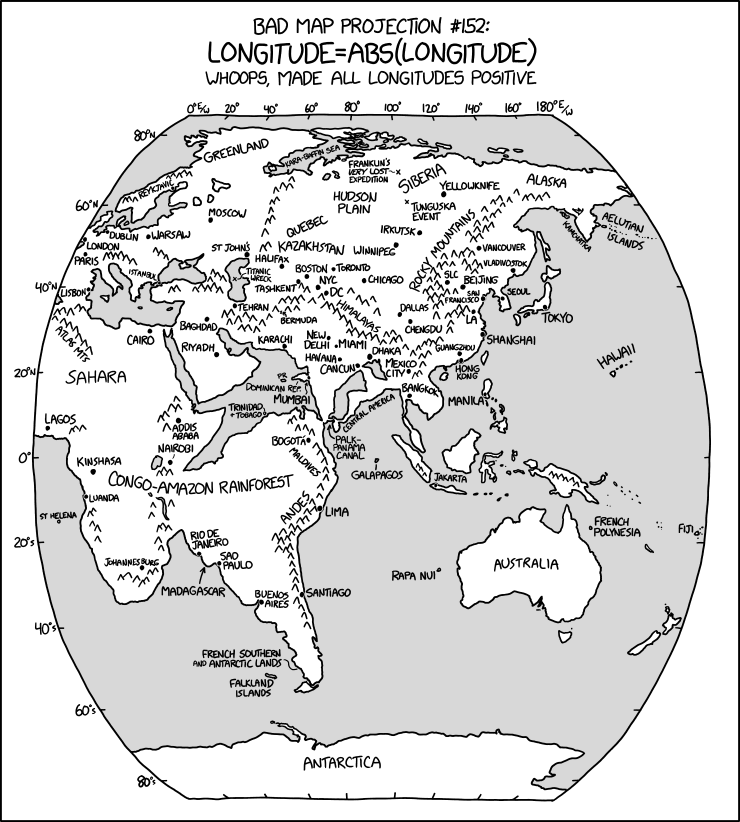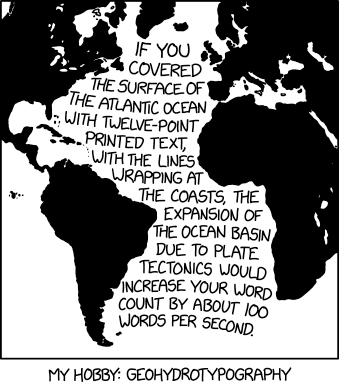
The first two episodes of the latest Star Wars series, Ahsoka (which launched this week), focus on the struggle to acquire, unlock and interpret a map to an unknown destination. Sound familiar? It should: The Force Awakens did something awfully similar. Gizmodo’s James Whitbrook explores Star Wars’ apparent map obsession, and concludes it’s about knowledge, and how easily it’s lost. “And that’s it, really: maps are important in Star Wars because knowledge is power in Star Wars as much as a Death Star or the Force is. And specifically in the case of a long, long time ago, archival knowledge and history is incredibly vital to understanding why Star Wars is the way it is.”
Previously: Mapping Star Wars.






